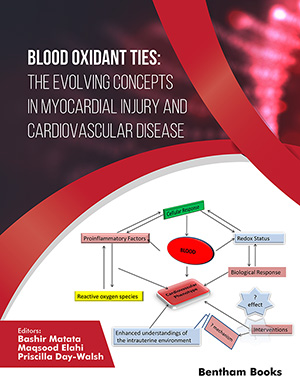Abstract
The recent discovery of the “Stress Repair Mechanism” (SRM) enables the Unified Theory of Medicine postulated by Hans Selye. It confers cohesive theories of anesthesia, analgesia, and allostasis that enable the alteration of anesthetic technique to optimize surgical outcome. The SRM continuously maintains and repairs the vertebrate body in accord with stressful forces and stimuli. Three synergistic pathways activate the SRM: the spinal pathway, the cognitive pathway, and the tissue pathway. Emotional mechanisms modulate the cognitive pathway, which explains allostasis. Surgery simultaneously stimulates all three synergistic pathways, causing harmful SRM hyperactivity that manifests as the Surgical Stress Syndrome. Anesthesia inhibits the cognitive pathway. Analgesia inhibits the spinal pathway. Synergistic combinations of anesthesia and analgesia minimize SRM hyperactivity better than either alone. This principle improves outcome, simplifies anesthetic technique, and minimizes polypharmacy and drug toxicity. Once verified, stress theory will advance surgical safety, accelerate recovery, minimize complications, reduce costs, enhance patient comfort, and guide pharmaceutical development to discover treatments that inhibit the tissue pathway, and thereby eliminate surgical stress altogether.
Keywords: Allostasis, analgesia, anesthesia theory, apoptosis, atherosclerosis, coagulation, colloid, crystalloid, Disseminated Intravascular Coagulation, eclampsia, Hans Selye, hemodynamic physiology, nitric oxide, stress mechanism, stress repair mechanism, surgical stress syndrome, tissue repair




























